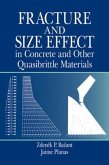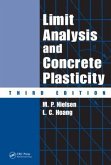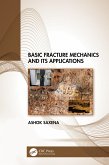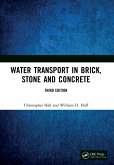The study of fracture mechanics of concrete has developed in recent years to the point where it can be used for assessing the durability of concrete structures and for the development of new concrete materials. The last decade has seen a gradual shift of interest toward fracture studies at increasingly smaller sizes and scales. Concrete Fracture: A Multiscale Approach explores fracture properties of cement and concrete based on their actual material structure.
Concrete is a complex hierarchical material, containing material structural elements spanning scales from the nano- to micro- and meso-level. Therefore, multi-scale approaches are essential for a better understanding of mechanical properties and fracture in particular. This volume includes various examples of fracture analyses at the micro- and meso-level. The book presents models accompanied by reliable experiments and explains how these experiments are performed. It also provides numerous examples of test methods and requirements for evaluating quasi-brittle materials. More importantly, it proposes a new modeling approach based on multiscale interaction potential and examines the related experimental challenges facing research engineers and building professionals.
The book's comprehensive coverage is poised to encourage new initiatives for overcoming the difficulties encountered when performing fracture experiments on cement at the micro-size/scale and smaller. The author demonstrates how the obtained results can fit into the larger picture of the material science of concrete-particularly the design of new high-performance concrete materials which can be put to good use in the development of efficient and durable structures.
Concrete is a complex hierarchical material, containing material structural elements spanning scales from the nano- to micro- and meso-level. Therefore, multi-scale approaches are essential for a better understanding of mechanical properties and fracture in particular. This volume includes various examples of fracture analyses at the micro- and meso-level. The book presents models accompanied by reliable experiments and explains how these experiments are performed. It also provides numerous examples of test methods and requirements for evaluating quasi-brittle materials. More importantly, it proposes a new modeling approach based on multiscale interaction potential and examines the related experimental challenges facing research engineers and building professionals.
The book's comprehensive coverage is poised to encourage new initiatives for overcoming the difficulties encountered when performing fracture experiments on cement at the micro-size/scale and smaller. The author demonstrates how the obtained results can fit into the larger picture of the material science of concrete-particularly the design of new high-performance concrete materials which can be put to good use in the development of efficient and durable structures.








